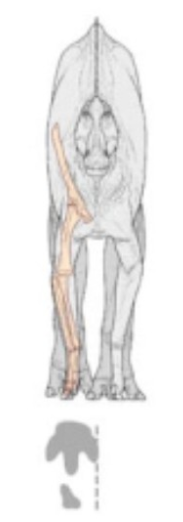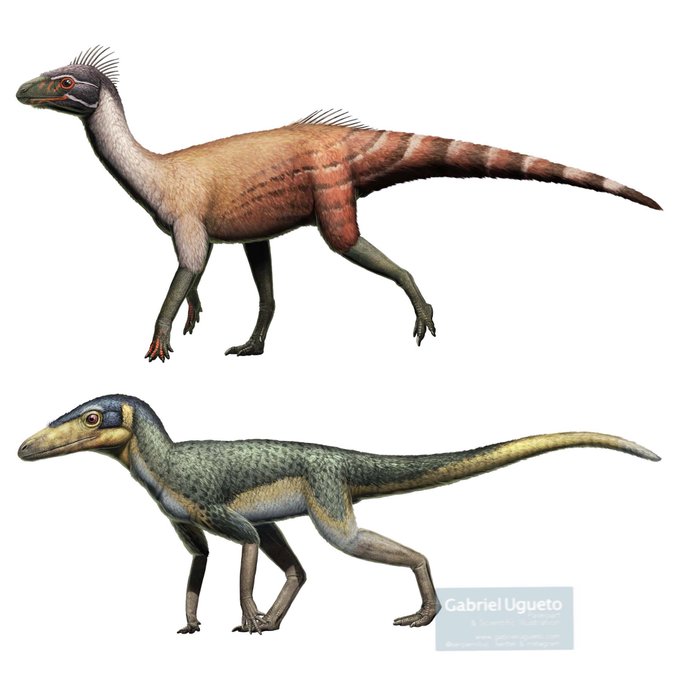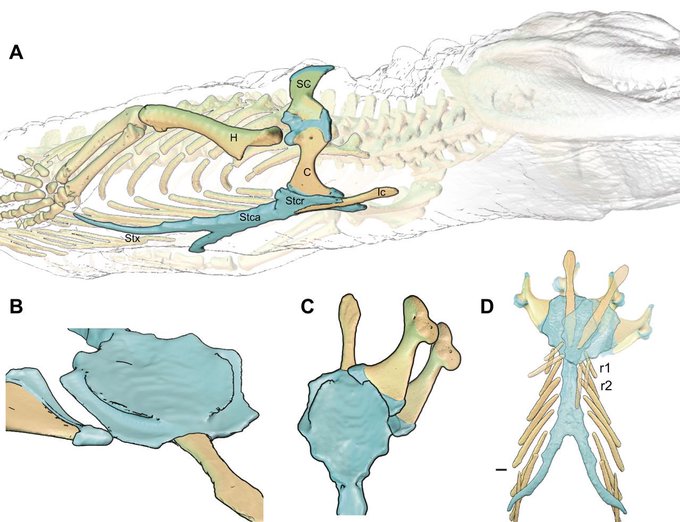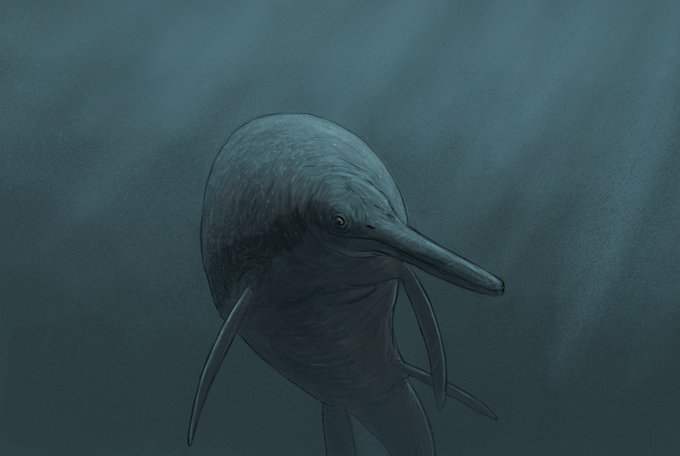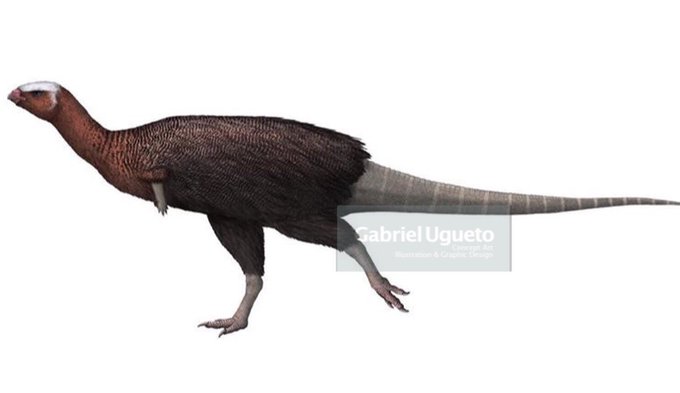ornithischiansのTwitterイラスト検索結果。 20 件
I've been seeing this image from the recent ornithischian paper and I can't help but be disturbed by the edmontosaurus. All the other ornithischians look goofy when facing forward but the forward-facing edmontosaurus is genuinely the most terrified I've ever been of a dinosaur.
My memory theropods aren't that far off. This means I should draw some more ornithischians from memory and see how wrong I can truly be.
Adding some smallish bipedal ornithischians to the mix was a must and Thescelosaurus with well known osteology and interesting skull shape was a obvious pick (also gives the T. rex something to eat)
First ornithischians or non-dinosaurian dinosauriforms? Silesaurus (top) and Lewisuchus (bottom)
By the way, I do not think “silesaurids” (including Pisanosaurus) are jerks but AMAZING animals that were much more interesting than many ornithischians that came afterwards 🙊🙊🙊
Started updating something new this morning. Not enough ornithischians on my feed yet.
Ornithischians breathed a bit like crocodiles, in that muscles originating on the pelvic girdle pulled on the thoracic peritoneum to generate negative pressure and draw in air (unlike us mammals, who use a diaphragm attached to the ribs to do the same). 🎨 from paper.
I hope that the data contained herein will be a useful springboard for future phylogenetic and paleobiological studies of early-diverging ornithischians.
Many of Dixon's smaller ornithischians would hold up pretty well today if it wasn't for that weird fashion of shrinking the tail muscles to a level it's almost just a stiff rod.
@Syn_JFD There IS precedent for this kind of flexibility as it’s seen in alligators but im not sure about ornithischians or other archosaurs
Tooth replacement patterns in early ornithischians - Manidens condorensis provides baseline study https://t.co/SvQ0x6rZ2N @poldiego @whitlockjohna @LauraBPorro @Gabrielluislio
A late post, but I sketched some theropods tonight; no references so their accuracy is dubious, but I wanted to have fun ^^ #paleoart #dinosaurs #sorryornithischians
Results from the #paleostream
Morrosaurus, Besanosaurus and Dinocarcinus (just published by @NinonLS et al)
#paleoart #sciart #dinosaurs #crabs #ichthyosaurs #ornithischians #sketching
I have also given it cheek plates based on recent research by Witmer et al, suggesting a lack of typical fleshy cheeks in ornithischians. To compensate, it may have had an enlarged pterygoideus as recently proposed (2nd pic) by Ali Nabavizadeh @Vert_Anatomist #paleoart #dinosaur
For this #FossilFriday My reconstructions of small ornithischians, particularly relatively early taxa, show them as very fluffy animals. Actually after my recent conversations with @Dave_Hone some have gotten even fluffier! #paleoart #sciart #dinosaurs
#ArchosaurArtTips 2. Small ornithischians (some? most? all?) had filamentous covering over much of the body & limbs. Not covered in scales.
#Ornithoscelida theropods like basal Eoraptor and Eodromaeus for a clade with ornithischians like basal Pisanosaurus #paleoart #sciart

